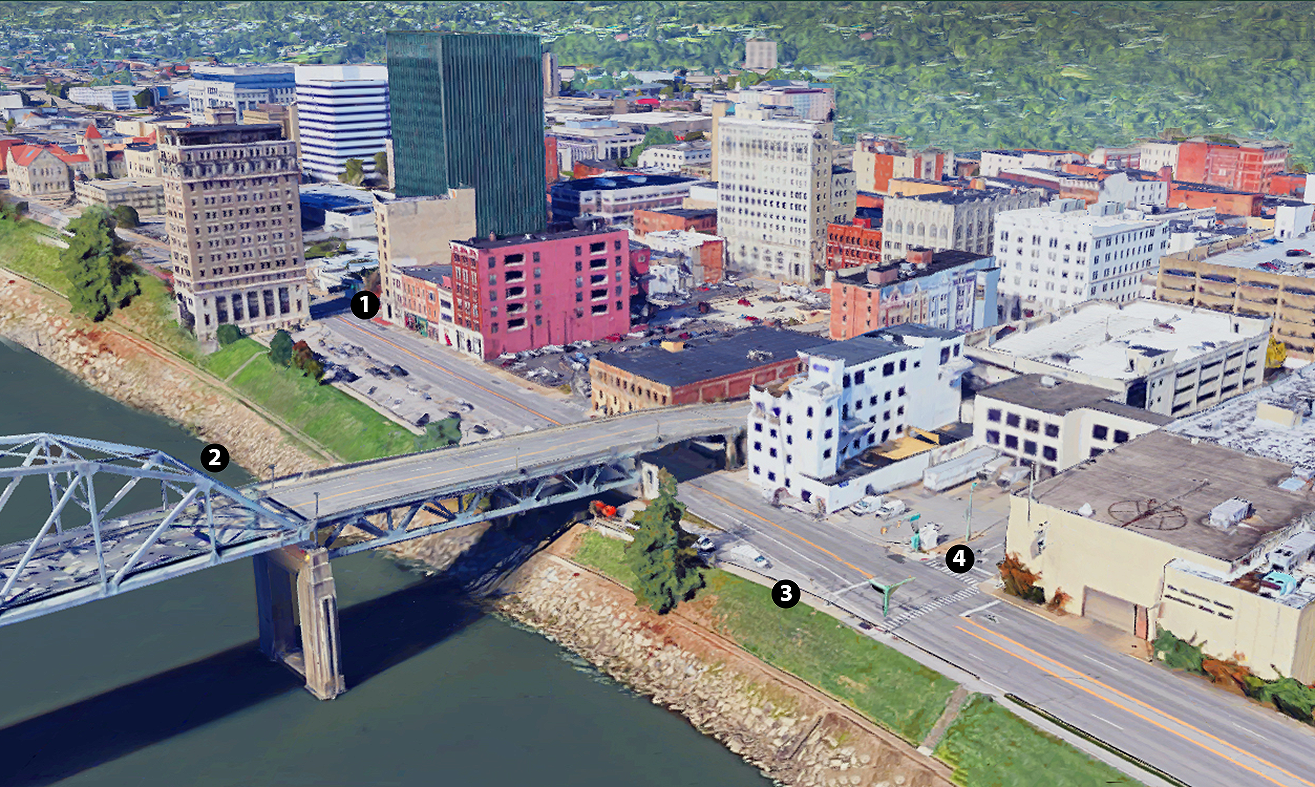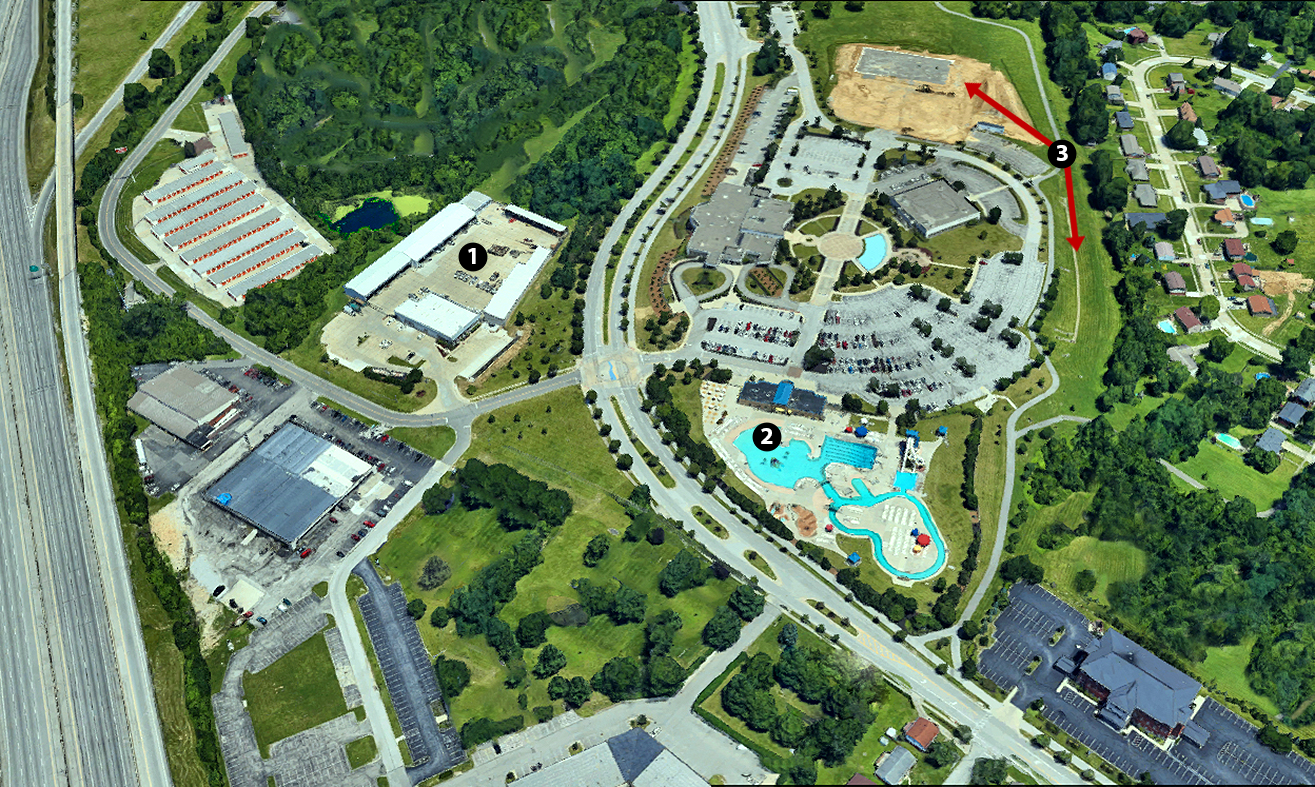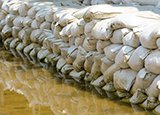Library of Stormwater Decontamination, Containment, and Diversion Technologies
EPA’s Homeland Security Research Program (HSRP) within the Office of Research and Development conducts research to aid in the response and recovery from natural and man-made disasters. EPA is involved in stormwater lab, field, and modeling studies that test decontamination technologies and software tools. This website was created to provide several examples of the types of stormwater scenarios EPA homeland security researchers use in their simulations and to provide a non-exhaustive reference of technologies used for a response to stormwater contamination.
Contaminated stormwater can enter either sanitary/combined sewer systems or municipal separate storm sewer systems (MS4s). While the technologies discussed in this website to divert, seal, treat, contain, and remove contaminated runoff from these entry points are similar, the effects of contaminated stormwater entering these systems are quite different. Separate stormwater infrastructure will go directly to the closest receiving water. Contaminated sanitary/combined system impacts are much more complex when considering the recovery of a wastewater treatment plant or basement backups and are not considered in this website currently.
This website takes the approach that “a picture is worth a thousand words” and as such was primarily designed to aggregate pictures. This photographic library is intended to be used as a tool to spur discussion between researchers and stakeholders (e.g., academics, utilities, EPA On-Scene Coordinators/Emergency Planners) about technology gaps, nomenclature, and intervention options for field applications/modeling simulations, not as regulatory guidance. Actual response plan development should be done in coordination with local sanitation/water reclamation districts.
If you have technology pictures (that are not copyright protected) or response stories you would like to contribute to this website, please contact us.
Scenario 1: Rural tanker truck chemical spill
An example of a chemical disaster that may require infrastructure decontamination, stormwater containment, and/or diversion technologies would be the spill of a chemical substance from a tanker truck. In this scenario, the most likely impacts would occur on separate stormwater infrastructure, roads, and aquatic habitat. Click on the numbers in the graphic to see pictures of the types of tools that may be used to respond to this type of disaster.

Scenario 2: Wide-Area Bacillus anthracis Release
Bacillus anthracis is the causative agent of anthrax and a Centers for Disease Control and Prevention (CDC) Category A bioterrorism agent. If released in an urban area prone to flooding, heavy rain events may lead to the spread of contamination. For the outdoor metropolitan area below, the public and the response team may need to know: How much and where does the rain redistribute the B. anthracis? How far downstream did B. anthracis travel in the river? What are the consequences if B. anthracis enter a combined or separate sewer system and can they be used to contain the contamination? Click on the numbers in the metropolitan scene to see what technologies may be considered when trying to prevent the spread of B. anthracis contamination. Managing contaminated water is a difficult process where the risks to the workers and the capacity to treat in place must be carefully considered before proceeding.

Scenario 3: Radiological Dispersal Device (AKA Dirty Bomb) Detonation in Suburban Parking Lot
The primary radionuclides of concern from the fallout of a dirty bomb are those with long half-lives such as 137Cesium and 90Strontium. Stormwater is considered a transport mechanism of radiological contamination. After the Fukushima nuclear power plant disaster in 2011, stormwater runoff contained 137Cesium and after the Chernobyl disaster contamination continued to produce contaminated runoff from streets for up to seven years (USEPA 2015). Click on the numbers in the scene below for examples of potential stormwater technologies that may be useful relative to the interaction of contaminated stormwater with infrastructure and aspects of radiological incident response and recovery. An evaluation of human health exposure risk is also important to help responders prioritize the urgency and identify locations for implementation of mitigation measures. One tool for estimating radiation risk/exposure is RESRAD RDD.



